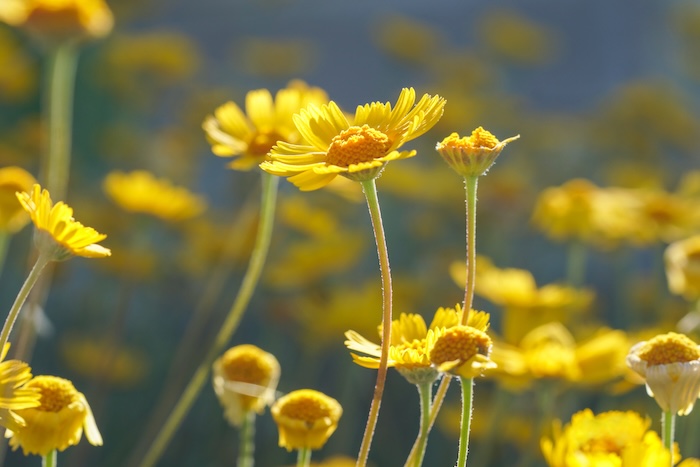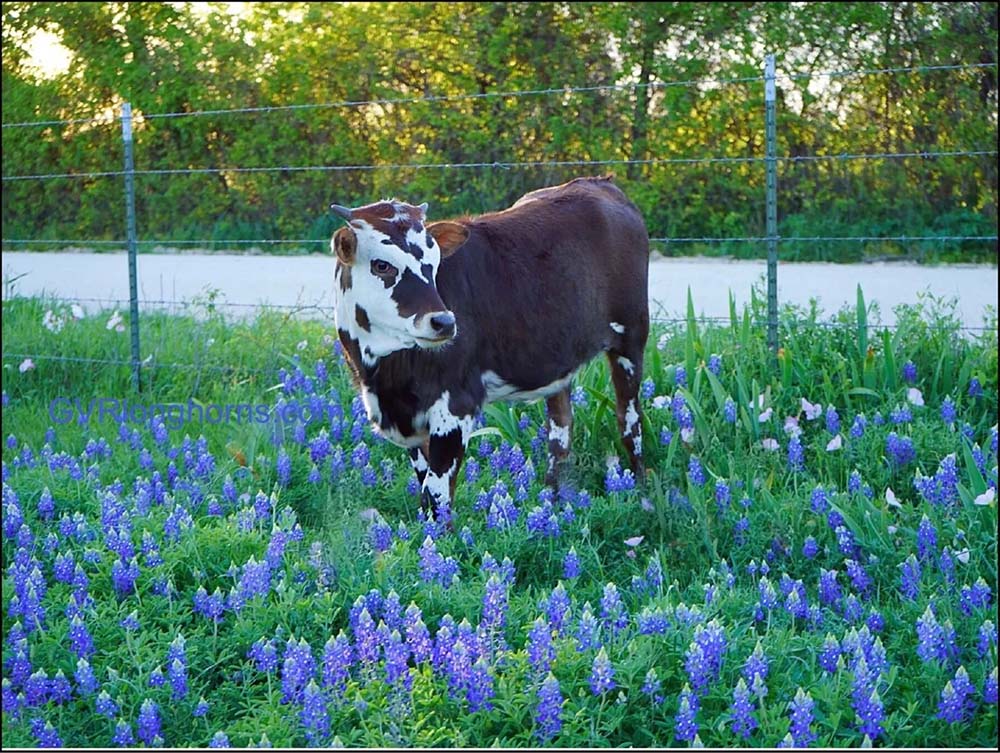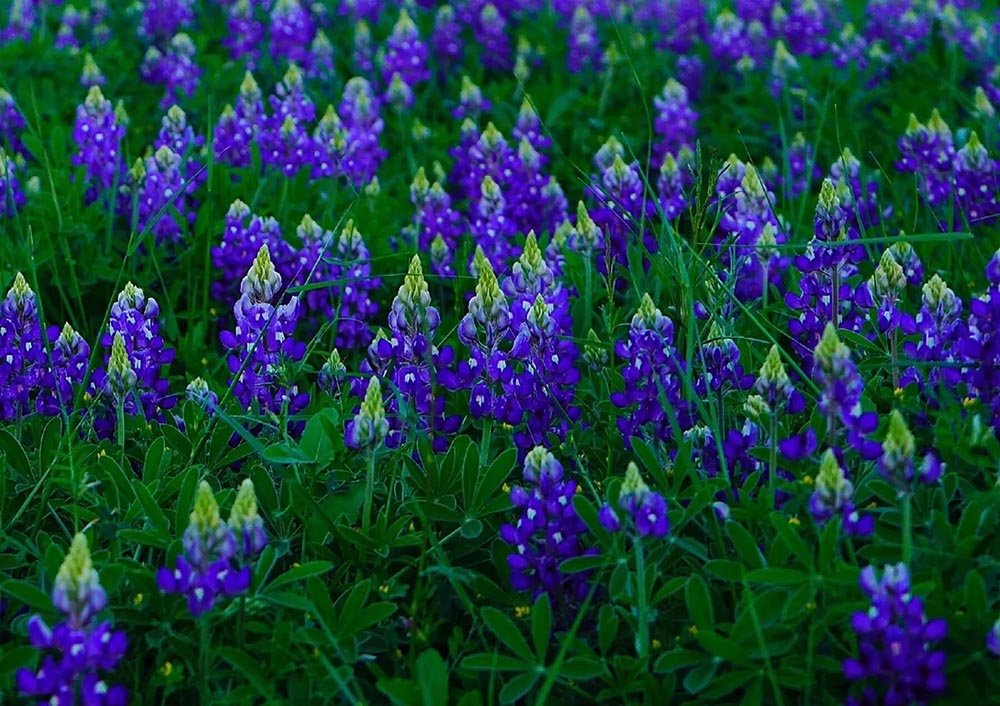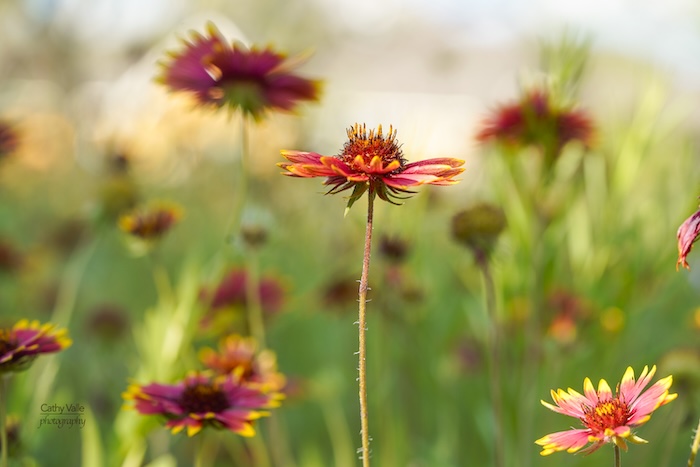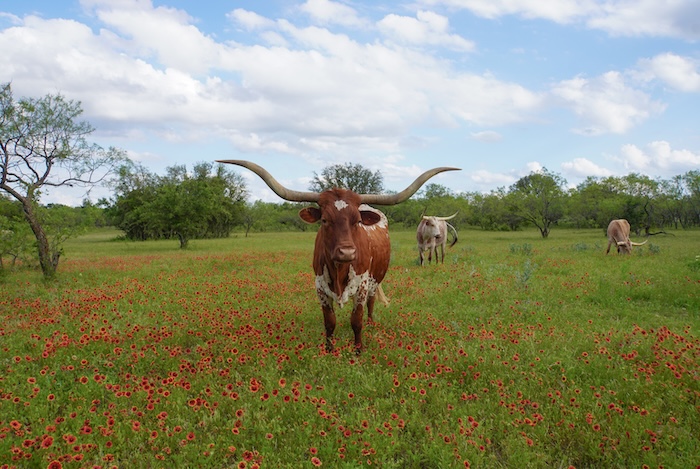Wildflowers in Texas are not to be missed. It’s a wonderful season and lasts longer than you may think. The Bluebonnets are one of the first wildflowers to bloom. Here are 7 fun facts about Texas Wildflowers……..
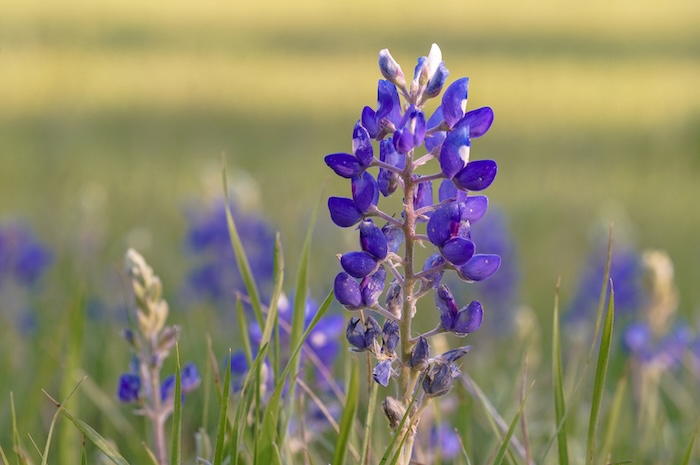
Wildflower Fun Fact Number 1
There are more than 5000 species of Texas wildflowers that grow throughout the state.
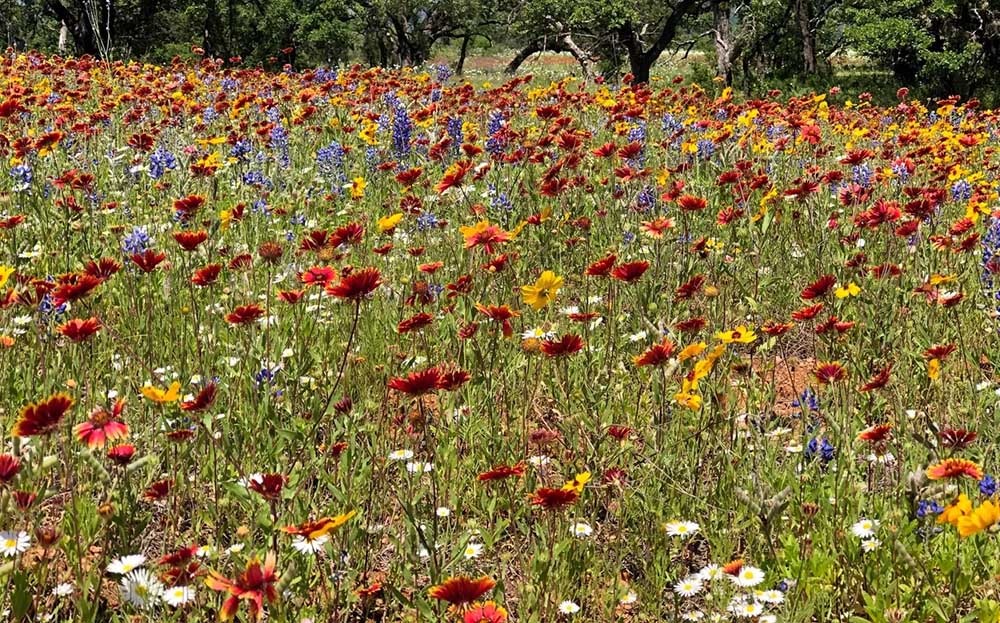
Wildflower Fun Fact Number 2
Over 20% of of wildflowers belong to the sunflower family
Wildflower Fun Fact Number 3
The Texas Department of Transportation(TxDOT) has an extensive wildflower maintenance program. The department sows about 30 000 pounds of wildflower seeds each year along more than 800 000 acres of right of way strips along state roads and highways.
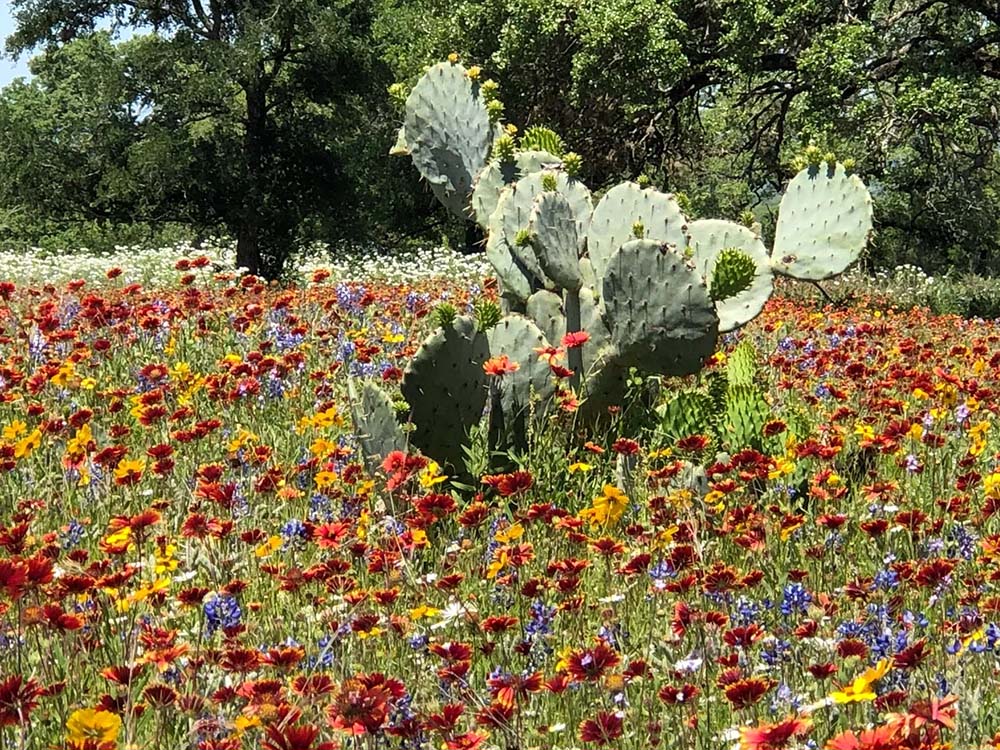
Wildflower Fun Fact Number 4
Usually, the peak blooming season for many of the varieties is April and in the summer times after good rains. Impressive blankets of flowers bloom from as early as March right through to May. In addition, there are also varieties of Texas wildflowers that bloom at different times throughout the year , and into fall.
Wildflower Fun Fact Number 5
April showers do not necessarily bring May wild flowers in Texas. Many spring blooming annuals germinate in the fall. Cold hardy fall annuals, like the Bluebonnet, should be planted in September and October. Although their seeds require heat to germinate, their root structure develops in cool weather.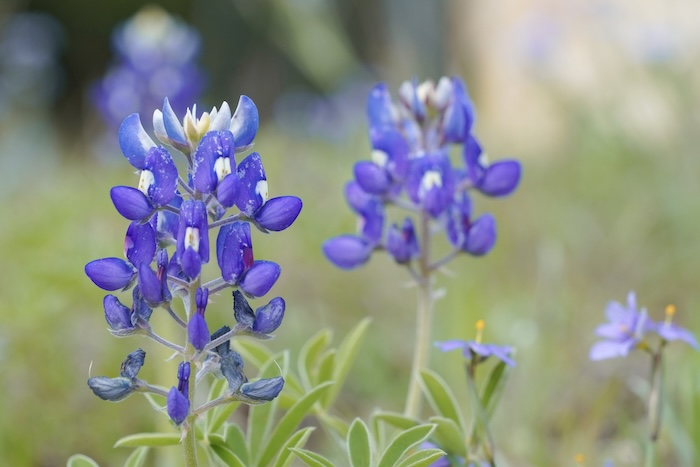
Wildflower Fun Fact Number 6
A good blooming season depends on many factors like rainfall, freezes and the amount of sunny days. High rainfall totals were recorded in October last year, one indication that 2019 would be a good blooming year, in particular for Texas Bluebonnets, and it sure has started out well.
Wildflower Fun Fact Number 7
Growing and nurturing wildflowers has many benefits for the environment.
- Wildflowers attract pollinators
- They require less water than varieties that are introduced and are more tolerant to drought conditions.
- In the long run wild flowers are less maintenance and require less fertilizers and pesticides.
- Their long root systems protect the soil and reduce soil erosion.

For another TEXAS WILDFLOWER blog post
The Indian Paintbrush- A legend retold and a legendary man
How the Indian Blanket got its colors – 3 legends covered
Flowers in Focus
Visit our Texas Longhorn SALEBARN here
Bluebonnet
The Texas Bluebonnet was declared the State Flower of Texas in 1901.
Five species of bluebonnets grow in Texas, all of which are considered to be the State flower.
Texas Bluebonnets are great for soil, especially soil that is low in nutrients. Their root system forms a natural source of fertilizer by producing nitrogen back into the soil.
Bluebonnet seeds germinate in the fall. Good rainfall during this time, as well as during the winter months is an important requirement to ensure a good blooming season which can start as early as mid February in some areas. Generally, bluebonnet blooms peek in the middle of April.
Seedpods begin to form about one month after a bluebonnet flowers.
Only a few seeds will germinate in the first year after planting unless they are properly scarified to enhance their germination.
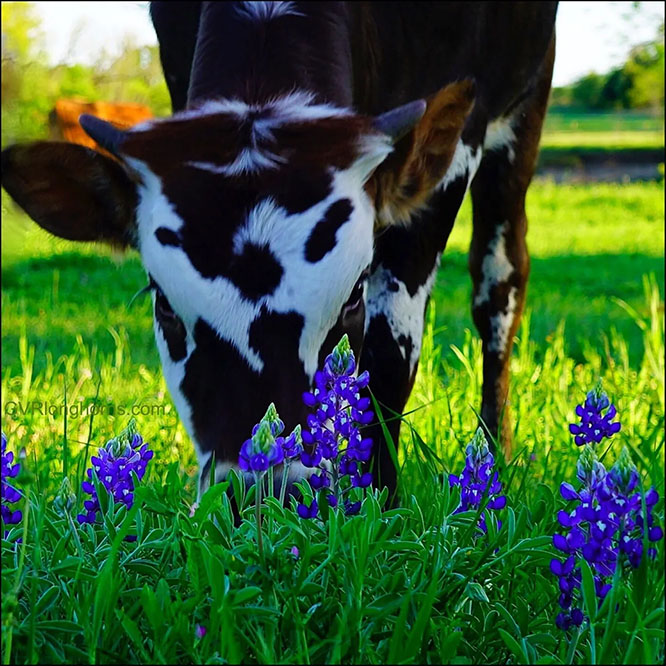
Bluebonnets are naturally deer resistant. Our Longhorns tend to avoid them too which is just as well. Bluebonnets, especially their seeds, have been listed as toxic by many organizations. Interestingly, The Texas Toxic Plant Database does not include Lupines in their list of toxic plants. Non-the-less, the Lady Bird Johnson Wildflower Center warns against keeping cattle in a pasture that has mature bluebonnet seeds and lacks in other forage.
____________________________________________________________________________
Indian Paintbrush

The Indian Paintbrush belongs to the snapdragon family.
Although they are native to Texas they are the State Flower of Wyoming.
The plant does not have actual red petals. Rather, it has ‘bracts’ which are more like a leaf.
Most of our Paint Brushes this year are red but they do vary in color and include orange, yellow and even white.
Indian Paintbrushes seeds are tiny- over 5 million seeds per pound!
Indian Paintbrushes are difficult to propagate by seed and are also difficult to transplant as they do have parasitic characteristics. They feed off the roots of other plants, generally grasses, for some of their nutrient.
They do still depend on pollination and are particularly adapted and attractive to hummingbird.
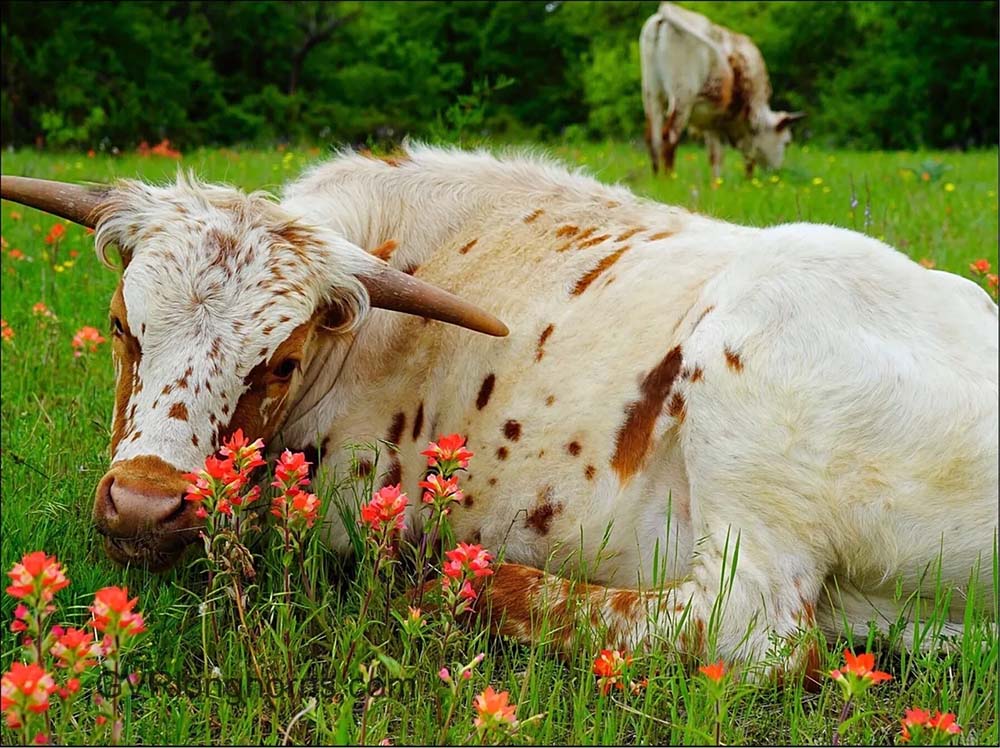
Indian Paintbrushes are edible in small quantities but because they contain selenium, too many consumed can be toxic. Several Native American tribes incorporated the plant into their diets for medicinal purposes and simultaneously used the plants to poison their enemies.
More on the Indian Paintbrush,
The Indian Paintbrush | A Legend retold and a Legendary man
Texas Groundsel
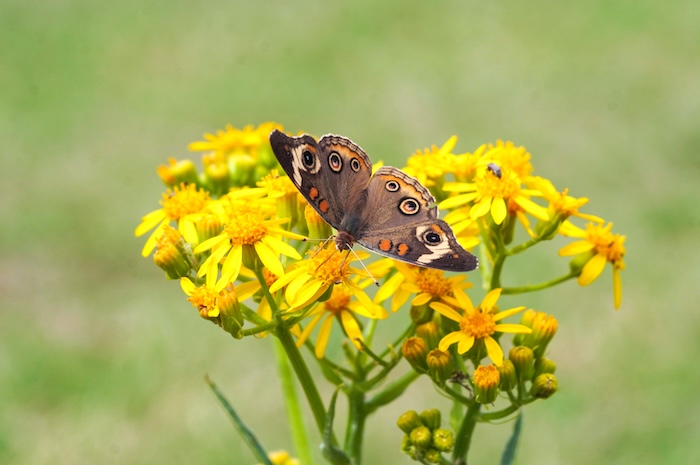
Senecio ampullaceus is the botanical name. It is part of the Aster family and is also known as Clasping-Leaf Groundsel, Ragwort and Texas Squaw Weed.
The flowers bloom from February to May and attract bees, butterflies and birds.
According to Texas A& M Agrilife Extension, members of the Senecio genus of plants can be poisonous to cattle but their toxic agent has not been established.
Texas Groundsel is very pretty when flowering but farmers consider it a weed.
It is one of the most common plants of sandy soil and can grow abundantly in pastures and old fields.
Pink Evening Primrose/ Buttercup
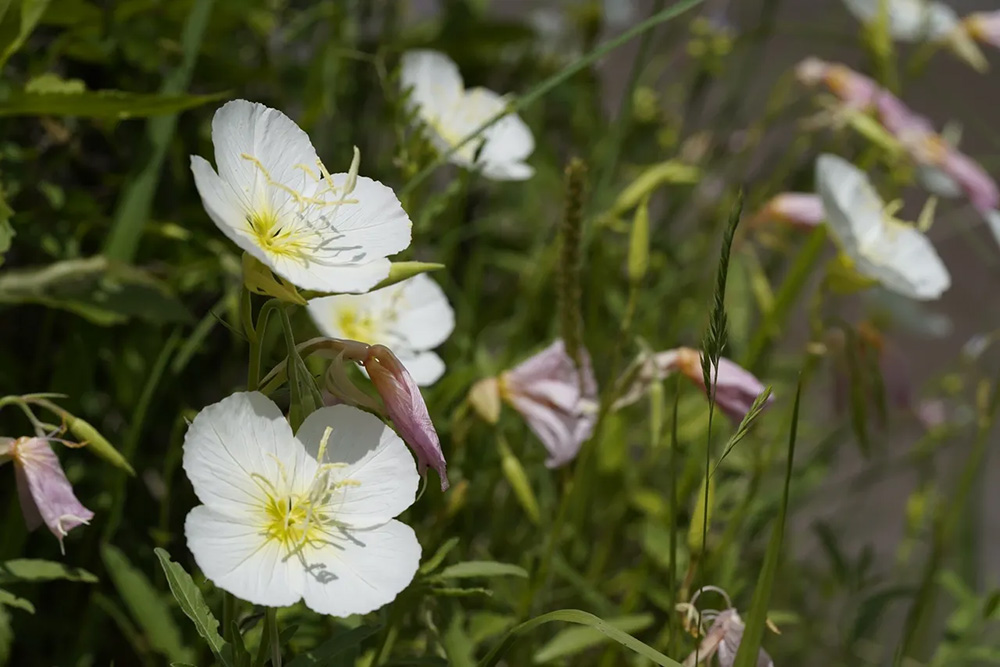
Originally native to 5 US states, including Texas, as well as north east Mexico.
Today they can be found in around 27 US states.
Every flower lasts for one day only.
In the evenings, flowers have a scent.
True to their name, flowers in the northern areas of its range, open in the evening and close in the morning. In some southern areas, the flowers open in the morning and close in the evening.
Blooms vary in color and shade from a pale white to a darker pink And need sunlight to bloom.
Texas Thistle
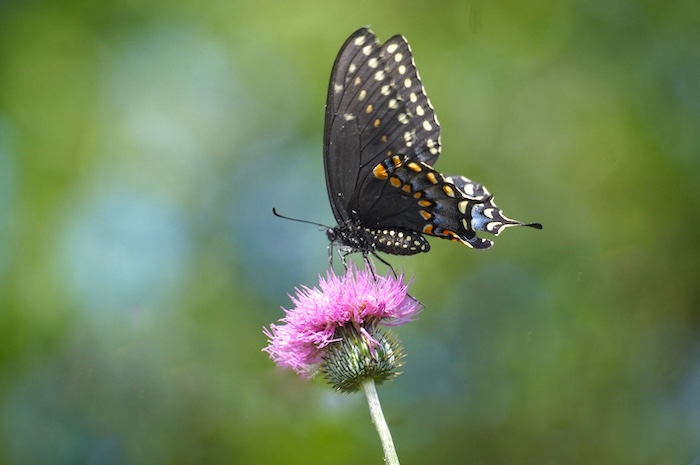
* The Texas Thistle belongs to the Aster family.
* They are huge and abundant this year. I’m 5’2” and some Thistles tower over me.
* Texas Thistles are thorny and a pest in pastures. However, they present many benefits to wildlife. The flower’s nectar feeds bumblebees and butterflies. Larvae of painted-lady butterfly eat the foliage. Goldfinches eat the mature flower‘s seeds and use the fluff from the seeds to line their nests.
* Some say that The Texas Thistle is edible but don’t quote me or take my word for it as I cannot get past the prickly spines.
The Yucca
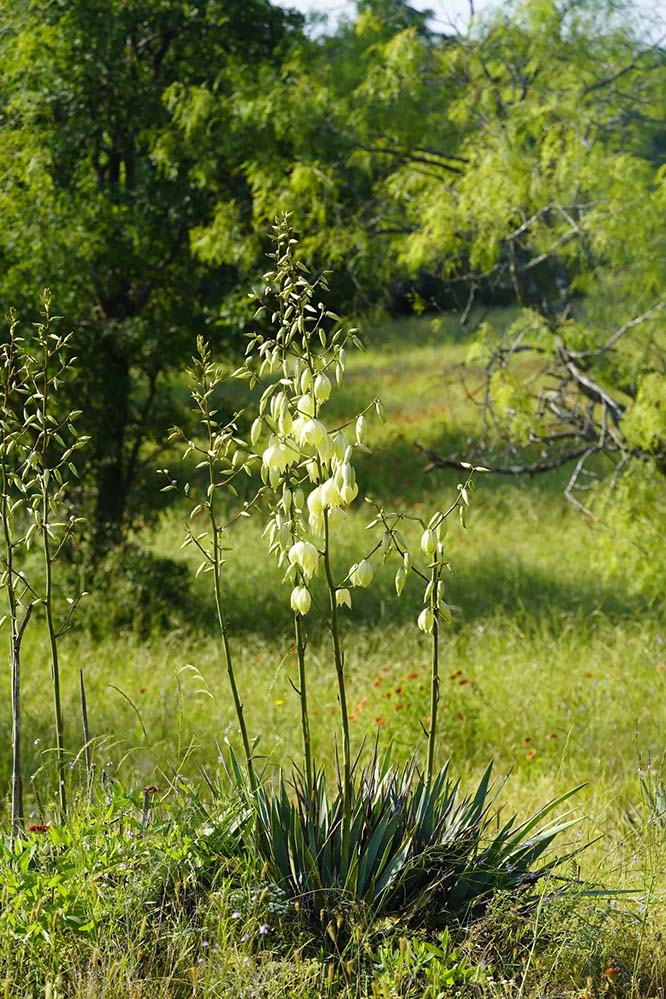
There are 16 species of Yuccas native to Texas, 4 of which are native to central Texas.
We seldom get to enjoy our flowering yuccas. Both the deer and our Longhorns love to eat the plants’ blossoms.
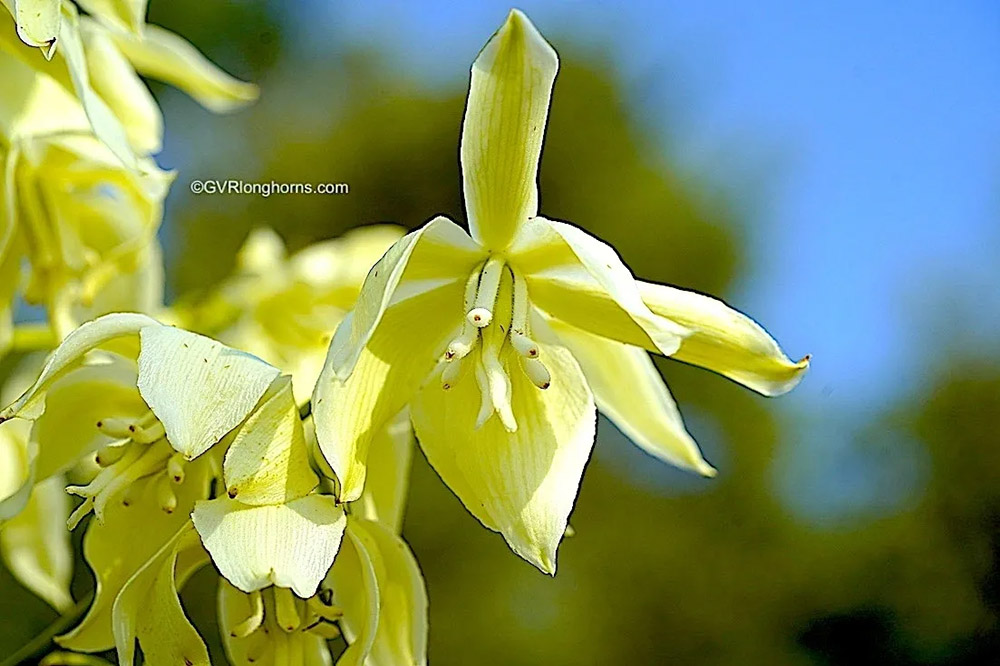
American Indians also ate the flowers raw, boiled, dried or roasted. They found use for almost all of the rest of the plant too, using the roots to make soap and the foliage for stockades, fiber and thatch.
Mexico commercially harvests the leaf fibers of the Giant Yucca for making rope, twine, blankets mats and rugs.
Goldenrod
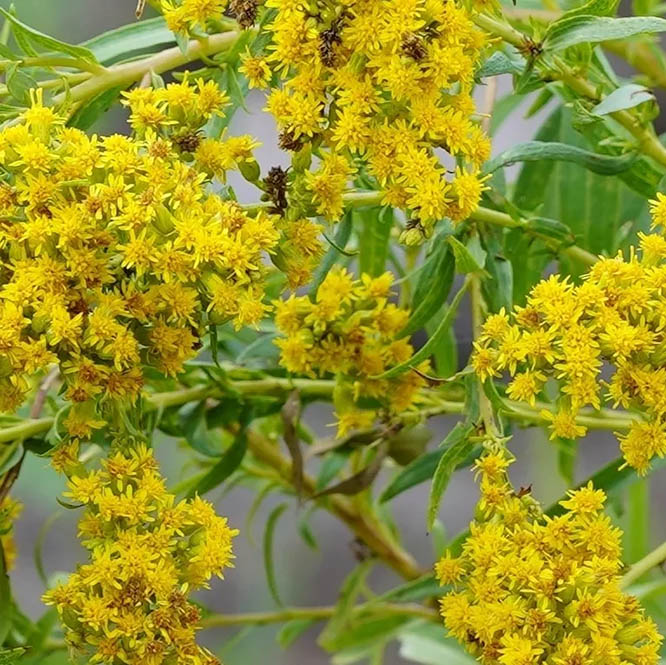
Goldenrod is known for its numerous medicinal qualities.
This plant belongs to the genus ‘Solidago’ of which there are over 100 species of flowering plants in the aster family.
Goldenrod is prolific in the wild in later summer and early fall. The flowers provide one of the last opportunities for pollinators before winter.
Goldenrod is often confused with ragweed and blamed for the allergies that ragweed causes. Although they grow at the same time, ragweed pollinates through the air. In contrast, Goldenrod is pollinated by insects and therefore not responsible for our allergies.
Western Ironweed
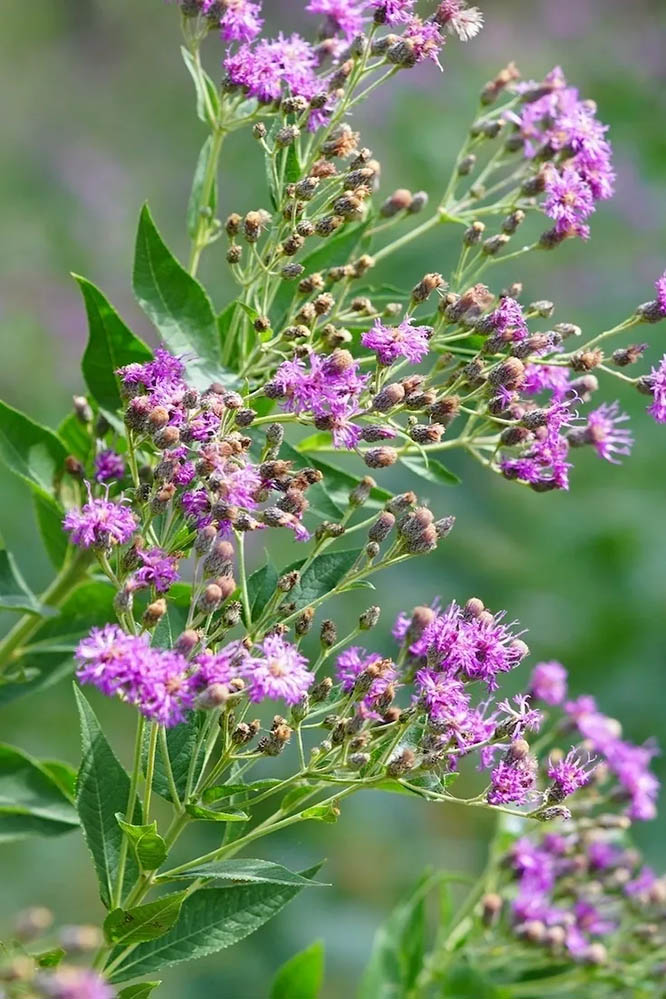
Western Ironweed is part of the Aster family. Although it is pretty, it is also pretty invasive.
It is, however, aptly named for its tough root system as it’s easily established and difficult to get rid of.
Cattle tend to avoid eating Ironweed which is good to know as too much ingested can be toxic.
This Texas wildflower grows stronger where pastures are overgrazed.
It blooms throughout summer until the first frost.
Although it can cause allergic reactions and skin irritation there are many medicinal uses linked with this plant.

Firewheel or Indian Blanket Flower
The Indian Blanket flower or Firewheel is part of the sunflower family.
The Indian Blanket flowers are some of the most spectacular and prolific blooming wildflowers in Texas.
These wildflowers bloom just after Bluebonnets and their petals appear to cover the ground like a woven blanket.
For more on the Indian Blanket read our blog post
How the Indian Blanket got its color-3 legends covered
Texas Prickly Pear
The Prickly Pear is the most common cactus in Texas
In addition it is the official plant symbol of Texas
Although the fruit are edible its important to remove all the tiny needles (glochids) as a glochid in one’s throat could be fatal.
Both flowers and pads have medicinal qualities
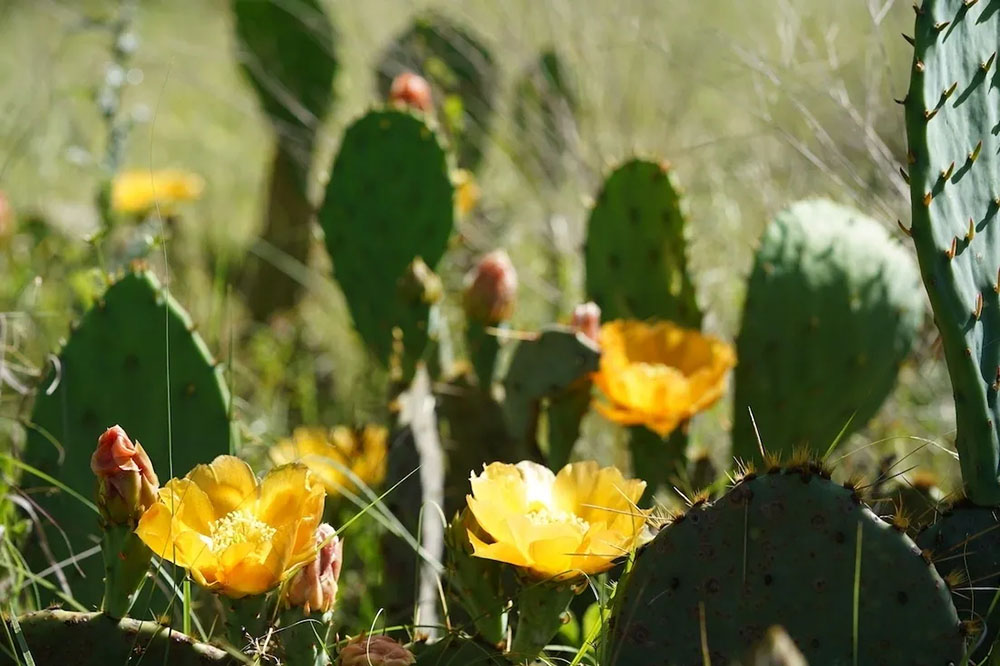
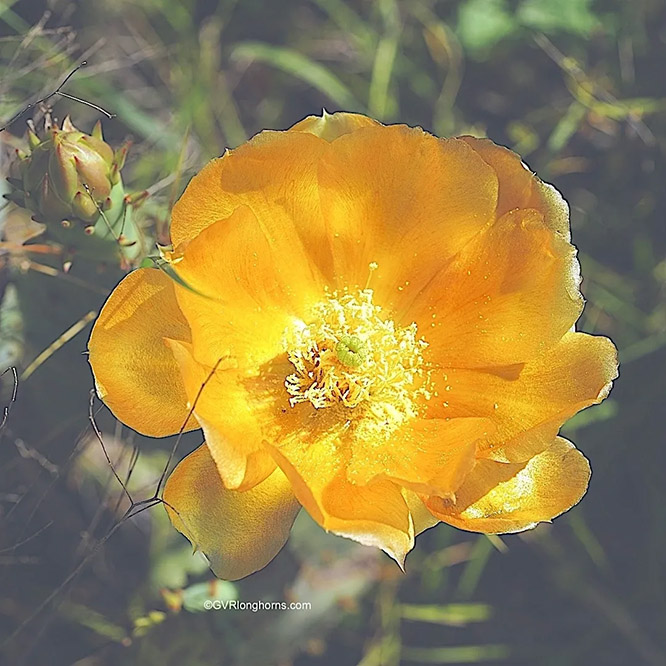
For more on wildflowers at GVRlonghorns READ HERE
Just want Texas Longhorns? Click HERE
References
https://www.txdot.gov/inside-txdot/division/maintenance/wildflower-program/facts.html
https://aggiehorticulture.tamu.edu/plantanswers/flowers/bluebonnet/bluebonnetstory.html
https://owlcation.com/stem/The-Indian-Paintbrush
https://foragefax.tamu.edu/2018/03/09/weed-of-the-week-texas-groundsel/
https://npsot.org/wp/story/2009/17/
Ajilvsgi, Geyata, Wildflowers of Texas, revised edition 2003, Shearer Publishing.
Cox,W. Paul & Leslie, P, Texas Trees A Friendly Guide, 7th printing 1999, Corona Publishing Company
https://tpwd.texas.gov/kids/wild_things/wildflowers/indian_blanket.phtml
https://www.foragingtexas.com/2008/09/prickly-pear.html
https://www.wildflower.org/plants/result.php?id_plant=openl
Thank you for reading our BLOG. Please follow us on Facebook and Instagram @GVRlonghorns
Please SUBSCRIBE AT GVRlonghorns.com
Each one of our Longhorns brings something special to the herd. As a community they are fascinating. We learn more about them everyday and never imagined how much joy they would bring into our lives. Moreover, we also enjoy hearing from you. Let us know what you think of our blog and if you are also lucky enough to have cattle, do they behave similarly/differently or in ways that stand out?
Disclaimer: The material noted above is based on our hands- on experience as farmers, our reading, as well as our observations over the years. We have done and continue to do extensive research in order to maintain our herd‘s optimum health and in order to best manage Green Valley Ranch. We respect our animals and would not approach cattle we do not know. All opinions and statements made on our website are meant as guidelines only. We are not trained specialists in animal behavior, nor are we qualified veterinarians , botanists or accountants and we urge you to consult a specialist with your concerns.
Content of this blog belongs to GVR Longhorns LLC and may not be copied in any form. ©GVRlonghorns.com All rights reserved.
Please contact us with any concerns, corrections or comments with regard to our blog.


